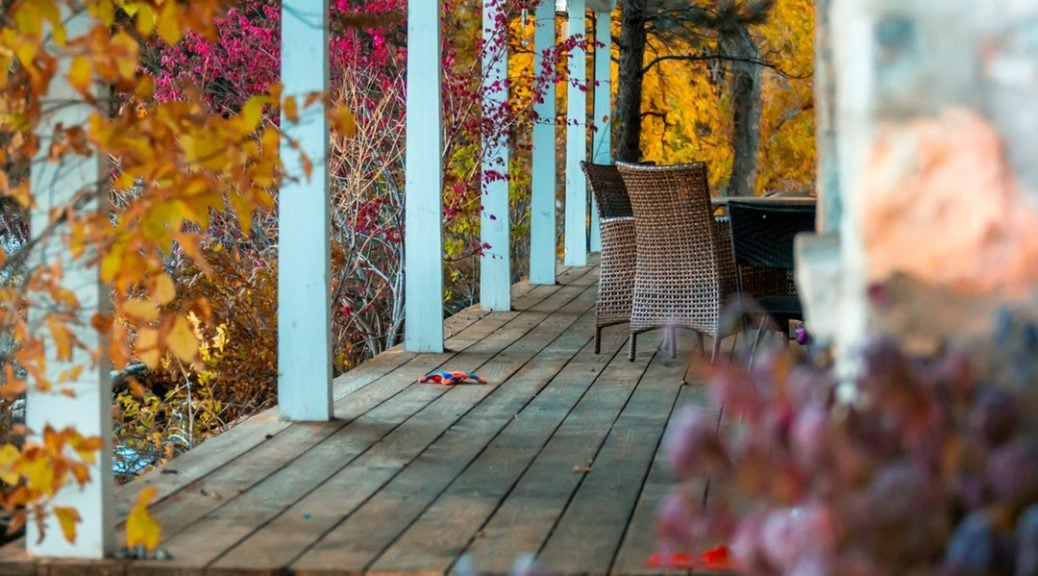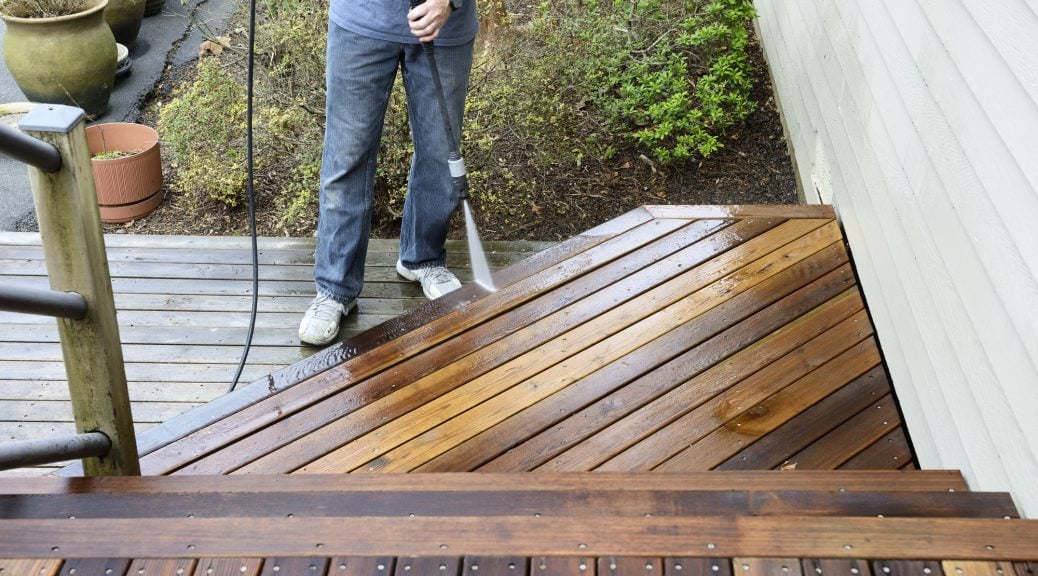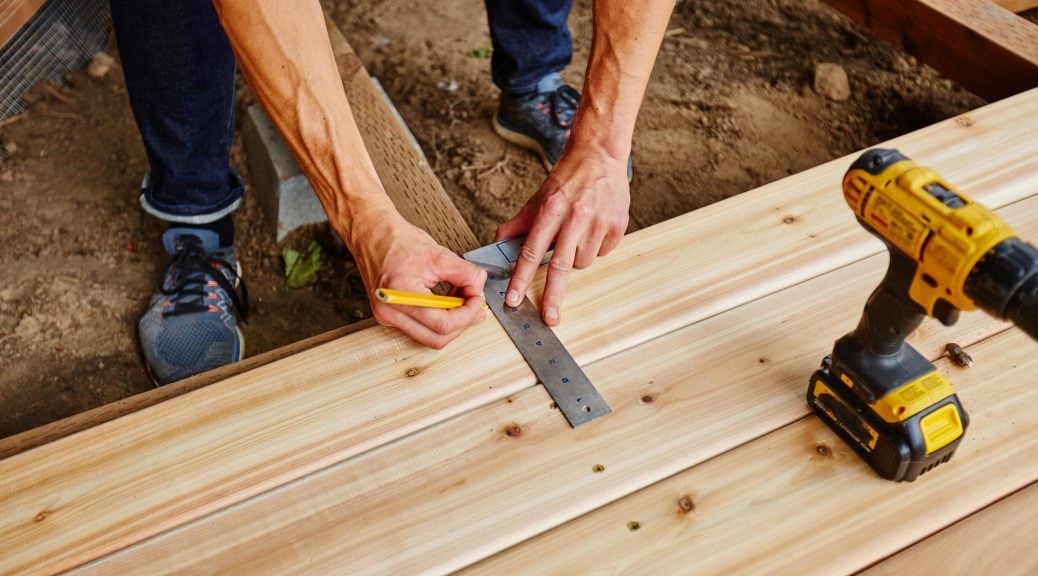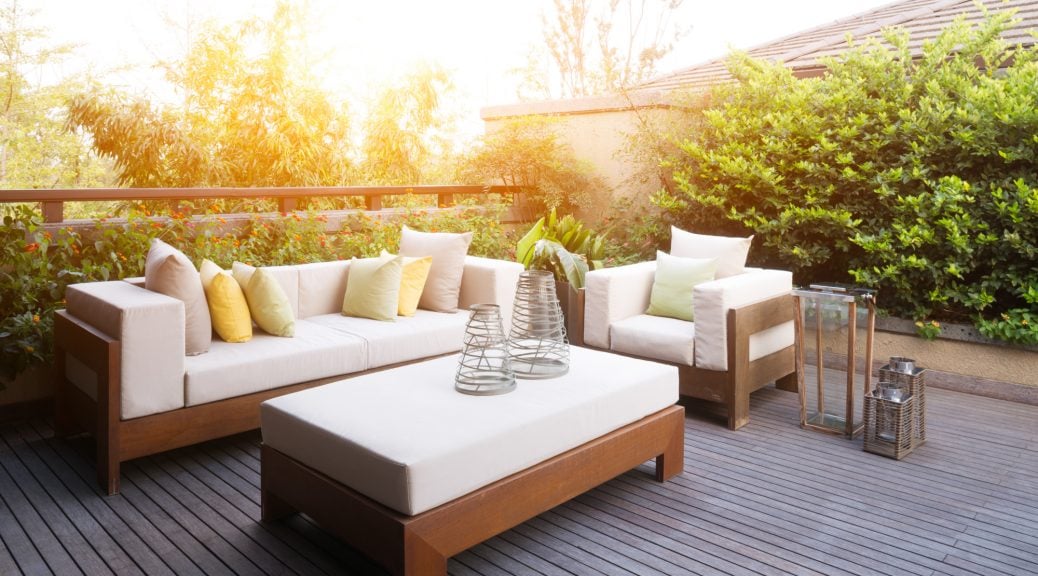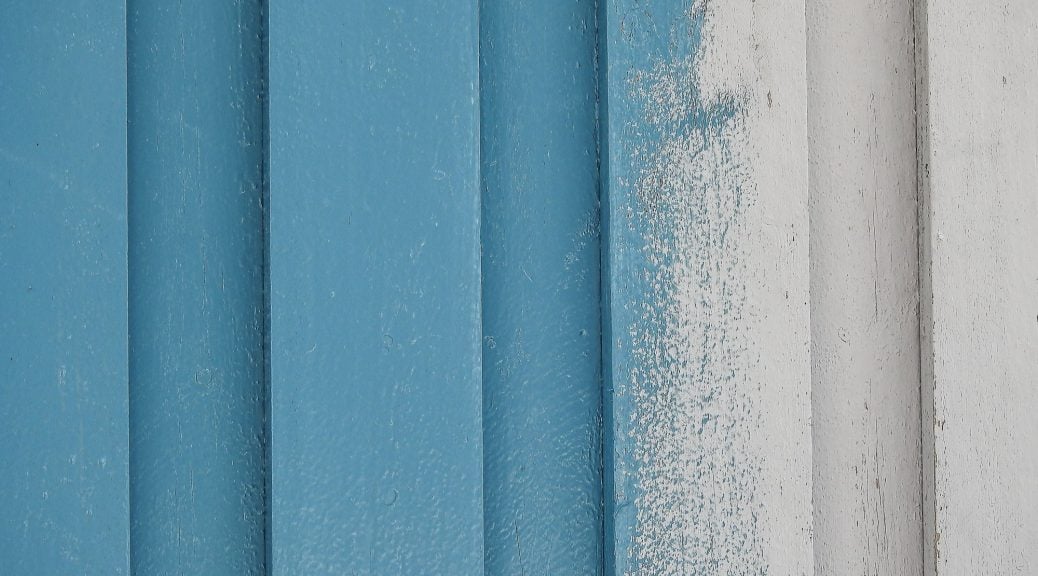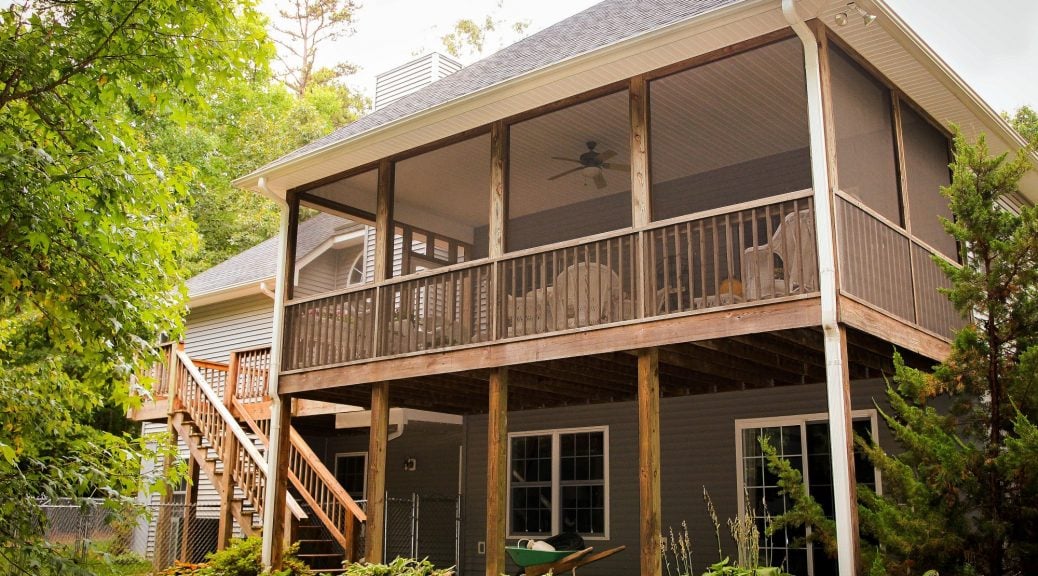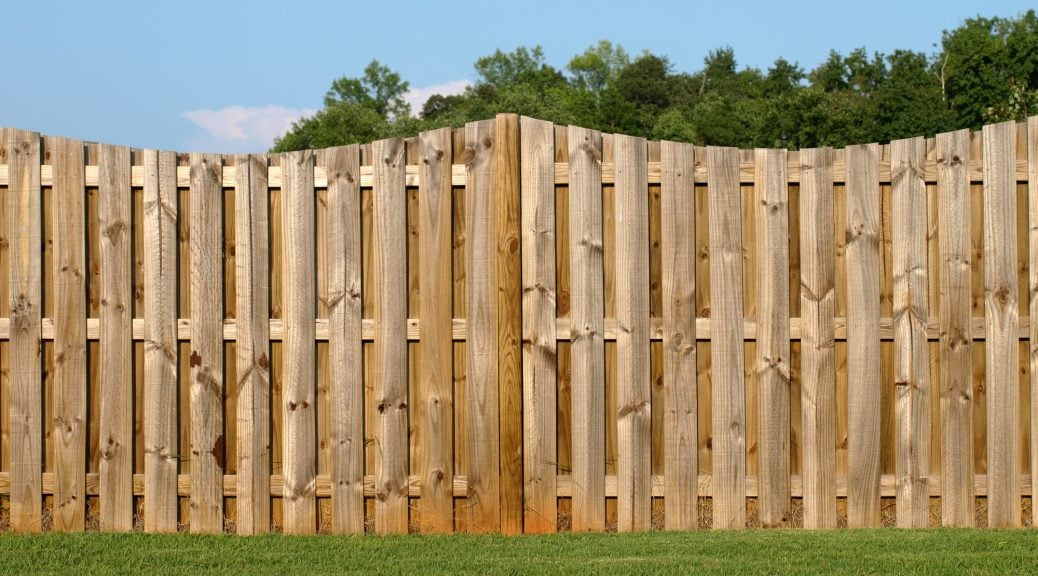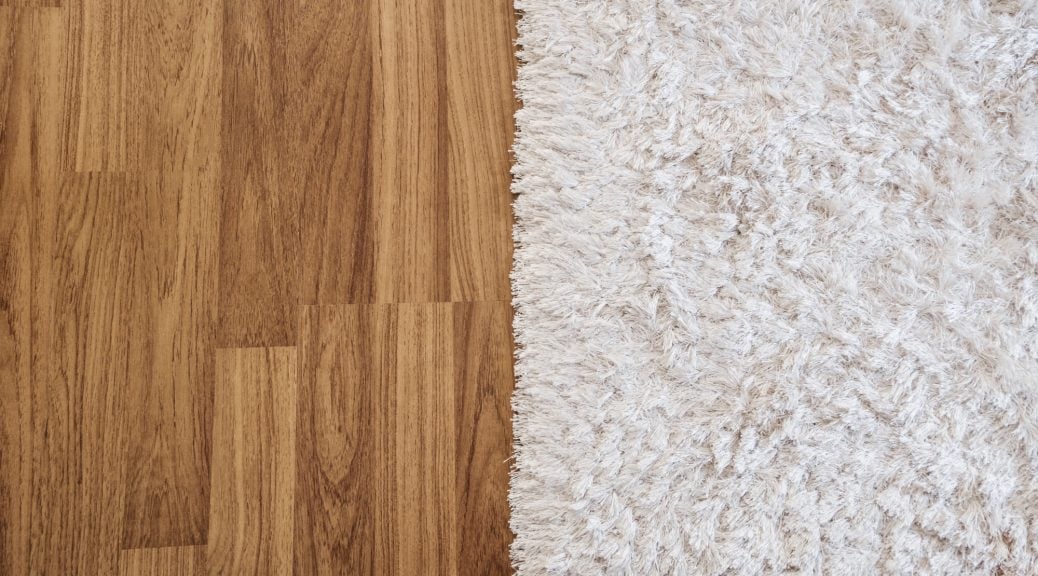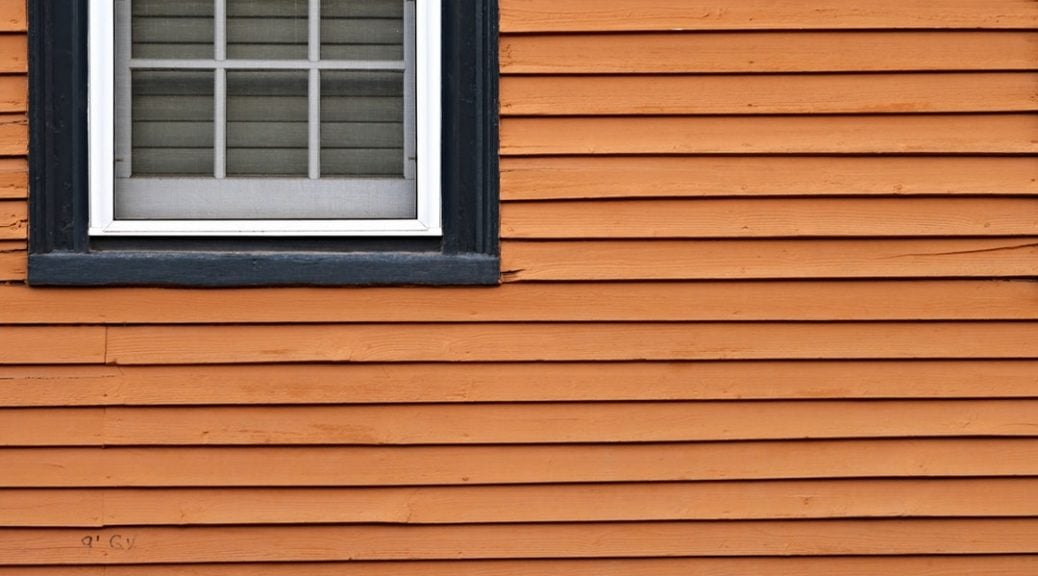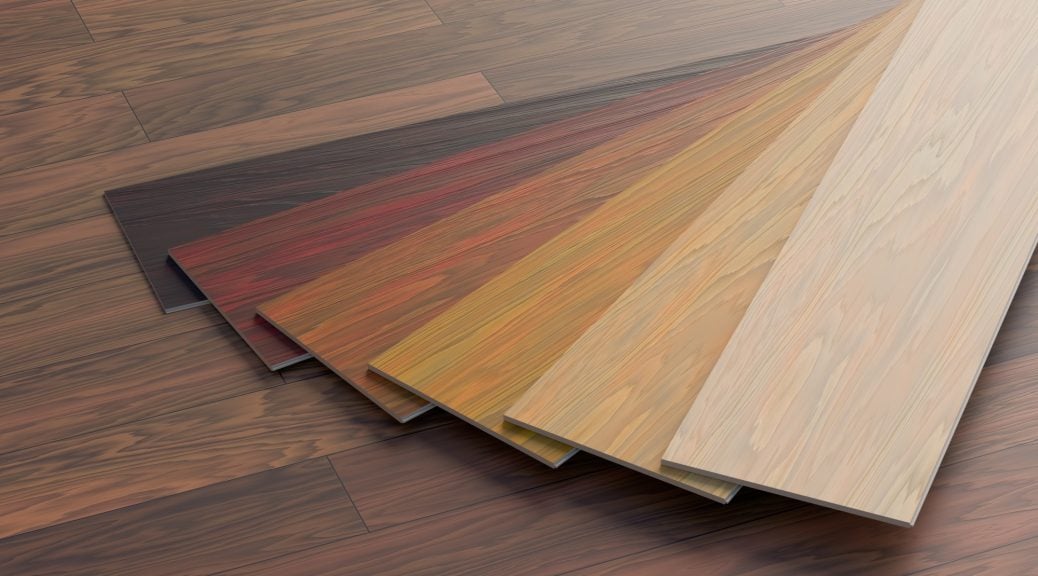If you’re among the 82% of Americans whose home has an outdoor living area, you likely are always looking for ways to make your space more relaxing. Choosing the right wood for your deck is critical to its longevity, but it also is a great way to help yourself relax in the knowledge that your outdoor space will remain undamaged no matter what the weather is like.
Brazilian Teak decking, also known as Cumaru wood, is the perfect material to use if you want this peace of mind. Read on to learn the main advantages of this wood variety!
1. It’s Gorgeous
One of the main reasons that Cumaru decking is an excellent choice is that it is incredibly beautiful. The visual appeal partly stems from its medium red-brown hue, which is unlike the heartwood of any other tree. This color is appealing and unlikely to fade over time, making it the perfect option for those who want sophisticated decking.
Because it has such a warm hue, it’s the perfect choice to pair with warm lighting. It stands out when paired with yellow, orange, and red deck furniture, and adding a fireplace to your outdoor space will really make Brazilian Teak decking shine. Plus, its color is smooth and the grain is deep, which is the perfect throwback for those who want elegant antique-inspired spaces.
2. It’s Consistent
Many decking materials have inconsistent color and graining, which isn’t the case for Brazilian Teak.
While multiple boards may be slightly different shades than others, this looks amazing when they are placed together into an array of different ruddy colors. The important thing is that each board is evenly-hued and has consistent graining.
Additionally, because Cumaru wood is smooth and features flat grains, there’s no need to worry about it splintering your feet. You can safely walk around on your decking without worrying about injuring yourself.
3. It’s Doesn’t Dent or Chip
You may worry that Cumaru wood is attractive at the cost of durability, but this luckily isn’t the case. Brazilian Teak is extremely dense lumber and won’t dent or chip when weight and pressure are applied to it. It can therefore withstand heavy deck furniture as well as people dropping things on its surface.
The main alternative to Brazilian Teak decking is Burmese Teak, which is 3x softer than it. This is definitely something to consider when choosing between these two Teak varieties.
Its hardness also means that it will not scuff when walked on. While there will be some normal wear and tear over time, you don’t need to worry about jumping children, running pets, and wandering adults scratching it with their shoes or feet.
4. It’s Weatherproof
Brazilian Teak wood is weatherproof in addition to being hard and difficult to dent. It’s water-resistant and won’t rot when exposed to the elements. This is critical when choosing a wood that will make up the majority of your outdoor living space.
Most wood decking will absorb moisture from humidity even in dry seasons, which will warp the wood. You likely won’t notice what a large problem this warping is until the flooring is bent, sagging, and 100% unable to be fixed. That’s why Cumaru wood is a top-tier investment for deck renovations.
5. Maintenance Is Easy
While some woods will require a lot of maintenance in outdoor spaces, this isn’t the case for Cumaru. You don’t need to worry about resealing it often (as you would with more porous woods). Because of its water resistance, you also don’t need to worry about scrubbing mold and mildew off the surface.
Additionally, you do not need to worry about staining the wood, which would be an essential task with most types of decking. Staining and treatment are meant to prevent rot, after all, which isn’t a problem that Brazilian Teak users need to worry about.
Maintenance of Cumaru decking pretty much consists of sweeping it periodically to prevent dust buildup. You may need to wipe it down with soap and water every once in a while, but this isn’t likely assuming that you live in a climate where you get at least some rain.
6. There Are Multiple Varieties
When you shop with Ipe Woods, you can choose from many different sizes such as 3/4″ thickness with a 2.5″ width, 1″ thickness with 3.5″ width, and 3/4″ thickness with 5.5″ width. Planks can come in random lengths to give your decking a more natural and engaging appearance, but you can also select specific length options for uniformity.
To make the installation process easier, you can also select the type of board that you want to purchase. Eased-edge options are planks that have no grooves in them to slide together. You need to lay them and install them on your own.
Eased-edge boards are the least expensive option, but for some people, the difficult installation isn’t worth the money. That’s why we also offer both pre-grooved and tongue-and-groove options so that you can fit them together more easily. Laying them down will not take too long and not require professional installation, which can save money in the long run.
Get Brazilian Teak Decking Today
Now that you know why Brazilian Teak decking is a top choice for outdoor living spaces, it’s time to begin your home renovations. Contact Ipe Woods USA’s experts on lumber and decking for more information about Cumaru wood.
Not only are we happy to help you decide whether or not it’s the right option for you, but we also are happy to point you in the direction of the boards that best suit your needs. We look forward to chatting with you soon!

